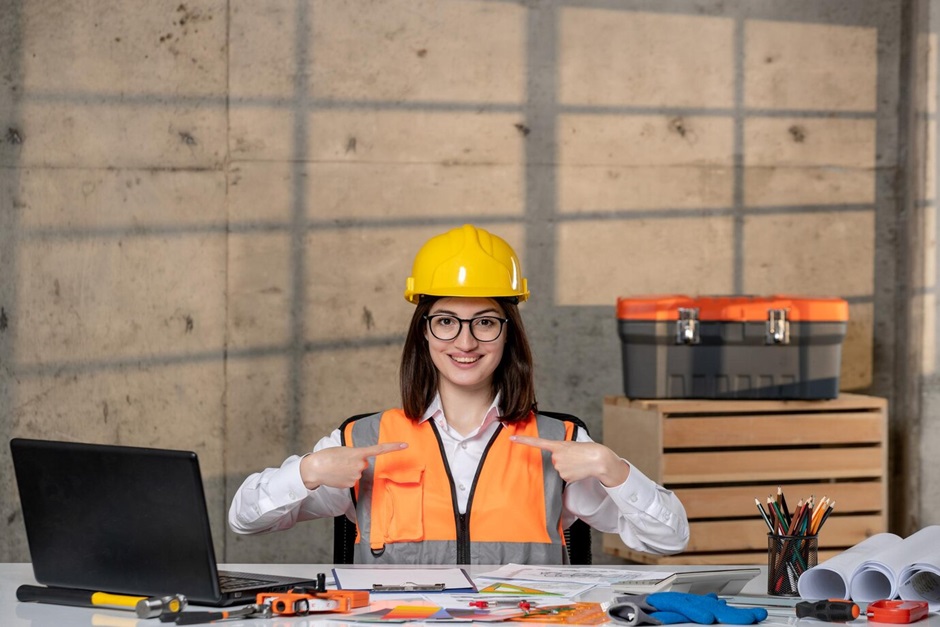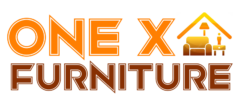
Improving workplace safety should be a primary concern for every group. Workplace safety problems can exist in any field but are widespread in the transportation, manufacturing, and construction industries.
However, the task can be something other than physically demanding or dangerous. Offices, schools, and marketing channels all have their dangers. Promoting workplace safety programs and safety awareness is crucial for preventing injuries, boosting productivity, and reducing costs associated with workplace injuries.
There are five ways of improving workplace safety.
Conduct Early Roofing Inspection
Over time, old roofs can develop weak spots, leaks, or operational damage. These problems can lead to accidents like slips, trips, and falls for employees working within the building. By replacing the roof, you remove these dangers and generate a safer workplace.
The most cost-effective choice for roofing replacement is the trouble-avoidance decision. Avoiding future difficulties decreases dangers and long-term roofing expenses. Roofing replacement should happen long before leaks become a consistent existence.
Early replacement planning can avoid impairment to the roof’s bare surface. Delays in roofing replacement can cause water damage to the surface, and managers often need to pay more attention to the costs associated with deteriorating structural decks.
Prioritize Reporting
Employees must recognize the importance of reporting safety events, even those that may appear negligible initially. Event reporting benefits everyone as it helps identify workplace safety hazards and implement preventive measures against future incidents.
Offering employees an easy way to report events is significant for improving workplace safety. Boost open communication on safety issues and create a system that permits employees to report events.
Implement regular training gatherings to promptly instruct employees on the consequences of reporting events. Generate awareness about how event reports contribute to the complete health and safety papers.
Partner with Professional Clinicians
Professional medicine clinicians can offer valuable awareness of workplace damage and prevention. By visiting your workplace, these clinicians can help you avoid work injuries. They can also identify areas like commercial roofing with a high hazard for employee injury.
Physical and professional therapists can also improve workplace ergonomics. They can change human performance assessments to help you shelter applicants for physically challenging roles and help in the return-to-work procedure.
Keep a Clean Workplace
To protect against contagious infectious diseases, confirm that your workplace is clean. This is an easy way to stop the spread of severe diseases like COVID-19. By defending against this virus, one can also defend against other diseases like the flu and the common cold. Here are a few conducts to keep your workplace clean:
- Clean shared surfaces, like chairs, tables, keyboards, and phones, with sanitizer at unvarying breaks throughout the workday
- Confirm that hand sanitizer is highly noticeable and available for all employees, clients, and contractors
- Offer disposable face masks to customers.
- Inspire your employees to rinse their hands with soap and water
Use Labels and Signs
Labels and signs convey safety information, warn of potential hazards, and provide directions to emergency exits. They should be positioned in areas where they will be noticeable to all employees, including highly operated areas like hallways or near apparatus.
Labels and signs must positioned in prominent places. Because if someone needs help understanding them, they may not follow the proper safety procedures. Other assistance include:
- Labels and signs are an operative and economical way to communicate vital information.
- They can be simple and trust pictures to detail dangers and appropriate actions.
- These tools are sound cues and warnings for even the most skilled employee.
